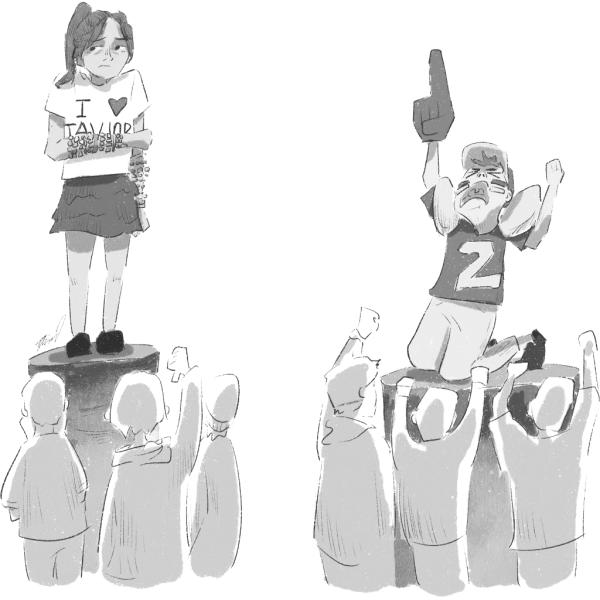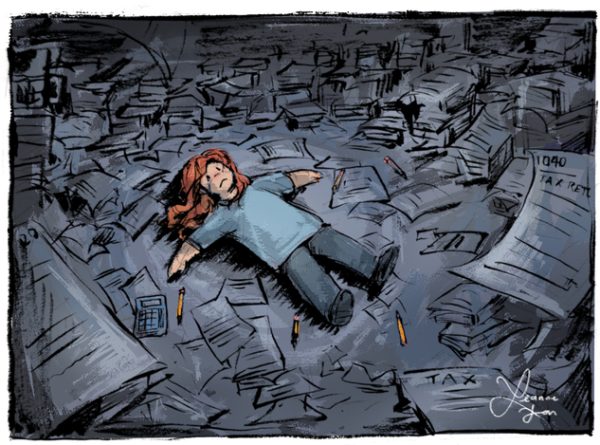Staff Editorial: Teachers eat up lunch time, students starve physically, socially
April 6, 2018
Since the founding of the first U.S. public high school in Boston in 1821, lunch has served as a period of time when students can take a break from the rigor and stress of classes, gather with friends and nourish their rumbling stomachs. But over the years, many students have started to experience a serious issue when it comes to this important time in our school day: second period teachers are letting students out late.
From students being released halfway through lunch because of an AP Biology lab to others being let out five to 10 minutes into lunch every single day because of AP Calculus BC, students have become a little frustrated as many lunch tables are taken by the time they get there, lunch lines extend all the way out towards the quad, and club meetings have already ended. For seniors, this is particularly brutal, as every minute counts when trying to come back to school on time after buying food off campus. And to be honest, it’s just awful knowing that one of the few breaks of your day has been shortened. Under the Healthy, Hunger-Free Kids Act of 2010, the California Department of Education wrote a letter to all California educators recommending “that each student has no less than 20 minutes for lunch after being served.”
Yet, Westview is not the only place where the issue of short lunches has become problematic. According to the School Nutrition Association, median high school lunch times are around 30 minutes long. But this is the entire lunch period—not eating time, which is significantly shorter as a result of the time it takes to get through lunch lines and find a spot to eat. A 2013 poll by the Robert Wood Johnson Foundation found that one in seven parents said their child received less than 15 minutes to eat lunch a day.
This is an issue as it can lead to a variety of different problems. The Kid’s Safe and Healthful Foods Project at the Pew Charitable Trust found that decreased times to eat lunch, especially times under 20 minutes, led to students choosing less healthy food choices, eating less food on their trays, and feeling less motivated to return to class. Some teachers, administrators and students would say that the purpose of school is primarily for education. This is true, but when students spend half of their waking hours in classrooms, I think it’s fair to say that just 30 minutes of our school day should be devoted to a time of relaxation and something very important to our basic health—eating.
Another reason why the full duration of lunches should be preserved is the fact that it provides countless benefits for the health and productiveness of students. To begin, lunch allows students to make new friends and experience social interactions with others. Lunch also provides a break for the minds of students amidst all the stress for classes and tests.
In addition, eating lunch is essential for the well-being of the human body. And while some teachers argue that students can eat during almost any time of the school day as they permit food to be eaten in their classrooms, there are many problems that can arise as a result of eating during class. For example, students can disrupt class by going out of class to purchases lunch or by making noise while eating. Furthermore, students will take away from their class time and most likely try to eat as quickly as possible, which can lead to a variety of negative effects as stated by the Kid’s Safe and Healthful Foods Project. Students also attend club meetings during lunch where they have a chance to discover their personal interests.
And lastly, since students remain mostly indoors during school hours, lunch can provide them with a few minutes of much needed exposure to sunlight and one of the most important vitamins for our overall health—Vitamin D.
For these reasons, we believe teachers should take it upon themselves to ensure that students make it out to lunch on time to enjoy half and hour of food and personal interests each school day.






